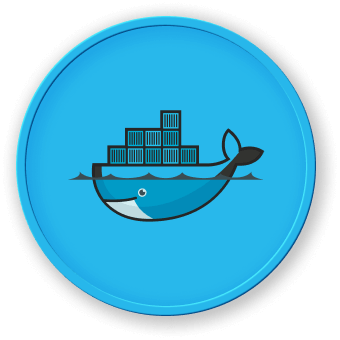Understanding Docker
Docker is a powerful containerization platform that has revolutionized the way software is developed, deployed, and managed. It provides a standardized way to package and distribute applications, ensuring consistent and reliable execution across different environments.
At its core, Docker utilizes a client-server architecture, where the Docker client communicates with the Docker daemon, which is responsible for building, running, and managing Docker containers.
graph LR
A[Docker Client] -- Communicate --> B[Docker Daemon]
B -- Manage --> C[Docker Containers]
B -- Build --> D[Docker Images]
Docker containers are lightweight, standalone, and executable software packages that include everything needed to run an application, including the code, runtime, system tools, and libraries. These containers are built from Docker images, which are templates that define the contents of the container.
graph LR
A[Docker Image] -- Build --> B[Docker Container]
B -- Run --> C[Application]
Docker provides a rich ecosystem of pre-built images, known as the Docker Hub, which allows developers to quickly and easily deploy common applications and services, such as databases, web servers, and message queues, without the need to configure them from scratch.
By using Docker, developers can ensure that their applications will run consistently across different environments, from development to production, reducing the risk of "it works on my machine" issues. This also simplifies the deployment process and enables easier scaling and management of applications.




